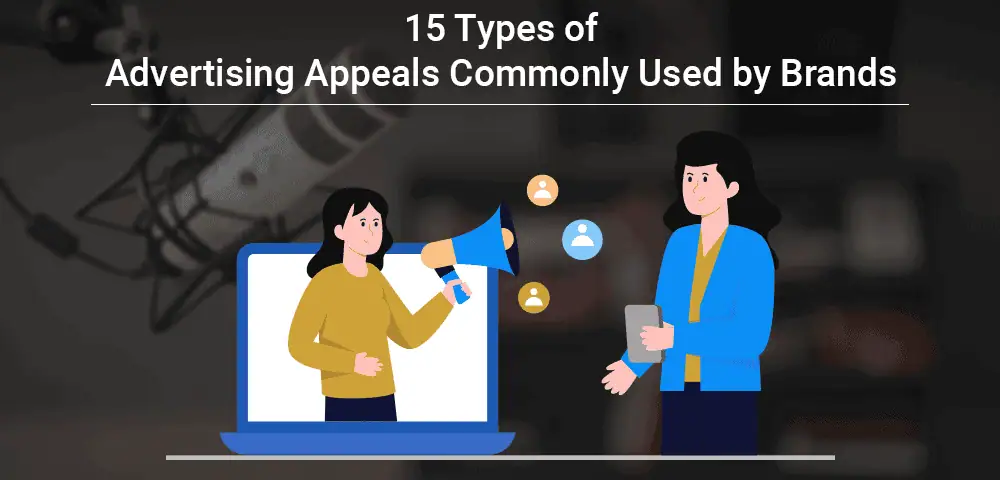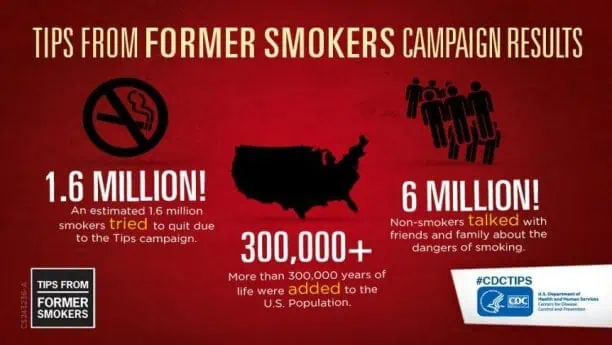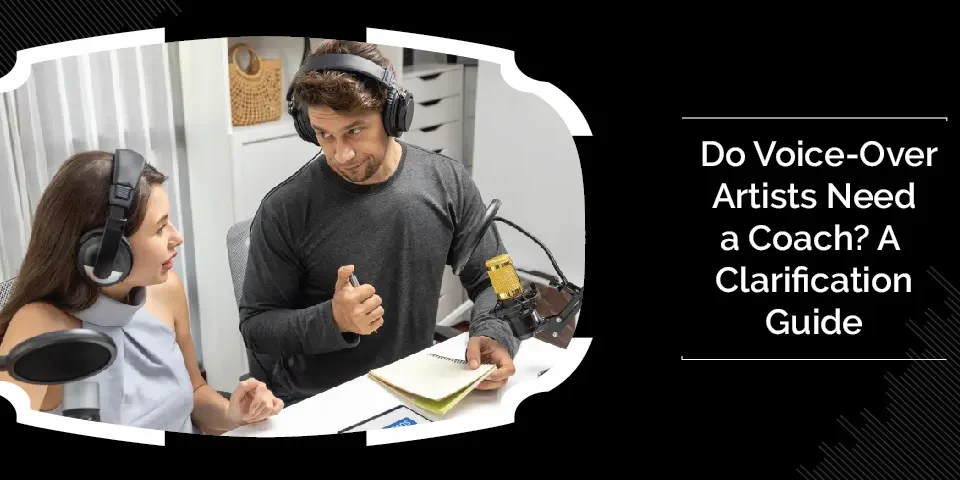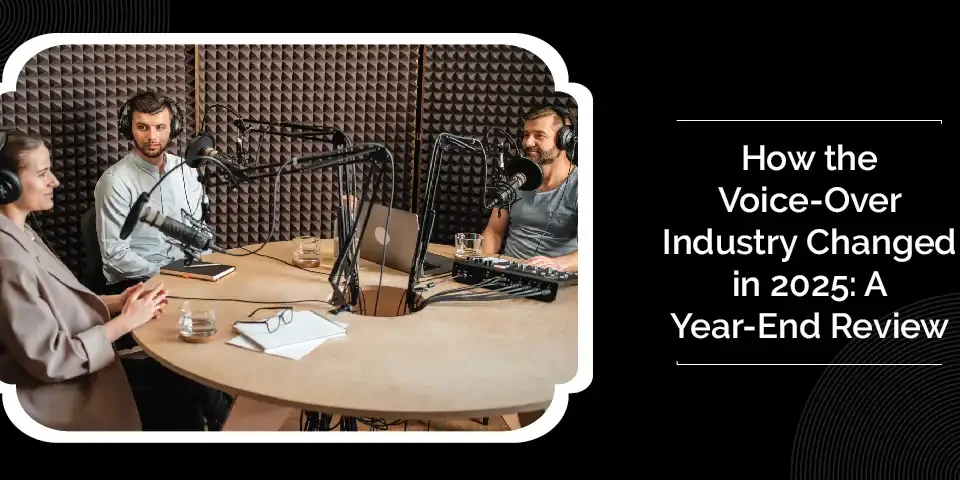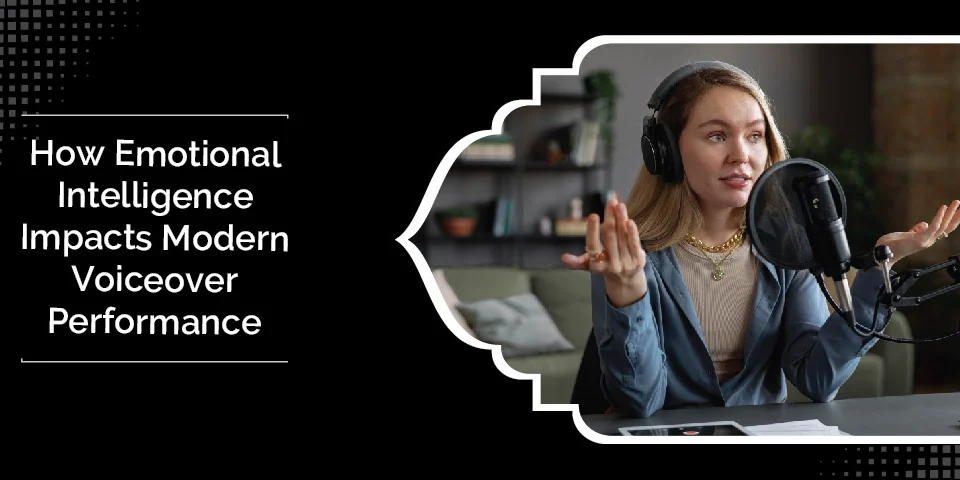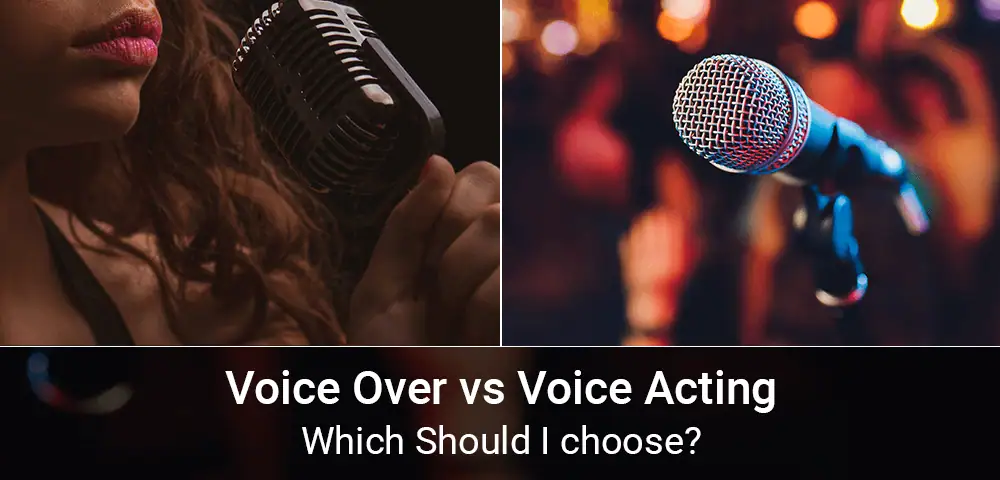
Voice Over vs Voice Acting – Which Should I choose?
August 22, 2022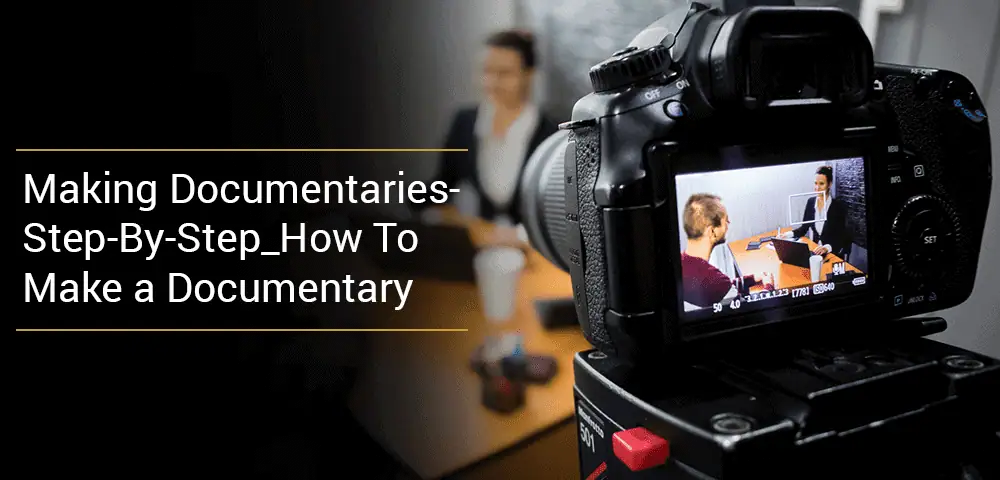
Making Documentaries – Step-By-Step: How To Make a Documentary
November 28, 2022Brands use advertising to get long-term positive recognition from their target audience. In the world of brands, advertising remains with us and makes an impact, whether it’s a jolly jingle or a touching storyline of two minutes.
A brand’s identity, credibility, and loyalty are established through multiple advertising appeals, both intellectually and emotionally.
Advertiser appeals might seem like another marketing term, but they’re vital to building a brand’s image.
Get on track and keep reading to know the 15 types of advertising appeals most significantly used by the brands.
Contents
What are Advertising Appeals?
So what are advertising appeals?
Marketing and professional advertising use appeals to persuade consumers to purchase or act on a service.
Appeals in advertising help brands communicate their messages in a way that customers can understand and respond to.
The action undertaken can be the purchase of the product or perhaps the research regarding the product. A brand or product may not connect with a customer without advertising appeal, and appeal is an essential aspect of advertising.
Different Types of Advertising Appeals Used by Brands
15 different types of advertising appeals are covered in this article, each with examples so you can understand how they’re used in the real world and how they might have influenced you!
Use any of these appeals to connect to your audience and make appealing ads using the same:
1. Statistics Appeal
Statistics appeals are a valuable form of rational advertising appeals. Statistic appeal advertising uses numbers and scientific facts to prove to the customer that a particular product presents advantages over other alternatives. Several cigarettes and food brands use this advertising appeal; hence, the brand comparison is integral to this appeal.
2. Status Appeal
A nice pair of patent-leather work shoes were selected to achieve a specific goal: status. The point of this ad by BMW was to get the consumer to identify the product with a particular class. While the manufacturer, BMW, is selling a car, classy shoes resonate to give a status appeal which is subliminal in this messaging.
Apartments, furniture stores, fashion brands, and several other companies also lean on a level of status to appeal to consumers concerned about where they are, how they are viewed, and where they are headed.
3. Testimonial Appeal
A testimonial is a statement from a consumer about how a product or service has benefitted them, and this appeal often includes them recommending it. Testimonial appeal uses these customer or celebrity reviews in ads making it one of the best ways to market your brand.
An example of testimonial appeal is when customers who used diet products demonstrate how much weight they lost and promote these products before-and-after comparisons are advertised.
4. Scarcity Appeal
During a limited-time campaign, Coke personalized bottles with people’s names and titles to increase brand recognition. People searched for their loved ones’ names to keep, photograph, or gift as they rushed out.
Although scarcity played a role in Coke’s campaign, it took this idea to the next level by letting customers customize Coke bottles and find out where their names appeared in the US. Thus, scarcity increases the feeling of value and makes the consumer buy on impulse.
5. Brand Appeal
Starbucks is an example of a brand that appeals to the masses. Luxury brands also appeal to the high-end market, such as Dior or Jimmy Choo. Consumers will pay money to be part of a brand that they feel carries a certain status or quality.
Usually, identical items can be purchased for much lower prices if they’re generic. Still, it is a brand appeal that allows companies to add additional costs simply due to packaging, labelling, and other branded aspects.
Many Starbucks coffee lovers complain that their coffee tastes burned or overrated. However, the company can still charge more by creating a relaxed atmosphere with free WiFi, offering many drink choices, and ensuring their brand is high quality.
6. Empathy Appeal
Empathy appeal focuses on the quality of empathizing with the audience rather than presenting solution-oriented advertisements.
Some brands, as well as most public service advertisements, depending on the ability to evoke the emotion of empathy and understanding in those they need to care about their cause. An example of the same is an ad by the Safe At Home Foundation.
By empathizing with other people, we can better understand the consequences from their perspective.
7. Adventure Appeal
Automobile brand; Jeep has focused on an adventure as a big part of its brand since the beginning. Ad appeals like this encourage people to join in as a part of the brand club to experience something exciting and new.
Travel companies, active brands, and car companies usually focus on a sense of adventure to highlight what their products or services can bring to consumers.
8. Popularity Appeal
Persuading customers using popularity appeal is a common technique. This approach includes peer influence by conveying that everyone in the same population segment as the target audience believes in a particular product.
A variety of slogans such as “Pepsi, The Choice of a New Generation,” “Change the Game”, “Be Young, Have Fun, Drink Pepsi,” and “Generation Next” has been used to depict the popular image that, if you are cool and young, you drink Pepsi.
9. Youth Appeal
The youth appeal is designed for those who want to remain youthful and provides a contrast to those who are ageing. The famous chocolate snack Snickers makes you feel young and energetic by satisfying your hunger.
Youth appeal is evident in ads that offer medications aimed at older adults, adult diapers, solutions for erectile dysfunction, hearing aids, dentures, and other products or services for the elderly.
10. Endorsement Appeal
We all know that many professional athletes, actors, actresses, and celebrities endorse and push characteristics that aren’t necessarily essential to the product. However, its effect of it is still felt.
Actress Mila Kunis doesn’t have much to do with Jim Beam’s brewing process, but she’s the product’s primary and strong endorser.
Despite having little to do with the industry or its creation, celebrities, athletes, and big-time influencers are often used to promote products.
11. Romantic Appeal
A hint of romance can take people back to a nostalgic moment that evokes emotions. Romance does not necessarily have to resonate with relationships but rather a sense of feeling that is idealized and inspired.
There is a Lowe’s ad that shows a romantic relationship and depicts the sweet nostalgia of the two childhood sweethearts that draws the audience into the storyline and the value of what Lowe’s products offer, which is that of building a home and not just fixing up a house.
12. Sexual Appeal
One of the best types of advertising appeals is that it involves sex. People use sexy models and sexy shots of products that will excite the viewer. From Victoria’s Secret to Hardees, brands have used sex appeal to sell their products unapologetically.
Brands like Calvin Klein and Levi Jeans focus on grounded sexiness to show their product value.
13. Fear Appeal
Ads can draw on hidden fears if made with scary visuals. Certain ads target personal worries, while others target a sense of loss. In a graphic ad, the fear of losing something unique is targeted by motivating people to take action and help save the forests.
14. Humour Appeal
Humour brings relief to what might otherwise be a tedious and mundane ad. The right type of humour, one that is smart, will grab attention for organic engagement.
The classic Ramesh and Suresh ads from 5-star are examples of humour appeal without walking over the edge of offending a section of the masses.
15. Personal Appeal
A print ad by Gillette only uses mixed media to catch attention and appeals to fathers’ concerns. It is an ad about what kind of father you want to be, and the personal appeal factor here is to take a quiz to find out.
In the ad, skin-to-skin contact is emphasized, and babies are asked what kind of razor-smooth finish they prefer.
Conclusion
Different types of advertisement appeals are often used by organizations – big and small alike, to promote their brand and the growth of their business. While the big firms have the financial backing to endorse their products via celebrities and sportspersons, small businesses often use Empathy and Humor appeals to attract customers on a tight budget. If you were running a business, which one would you choose? If you’re looking for a voice over artist in Mumbai to help you with your advertisements, get it touch with me.

Peter Abraham
Peter Abraham is a versatile voice-over artist based in Mumbai working in the voiceover industry since 2009. With a passion for storytelling and meticulous attention to detail in every project, he brings scripts to life with his captivating voice and professional delivery, exceeding client expectations. Whether it's a commercial or an audiobook, Peter specializes in a wide range of voice-over work, ensuring the highest quality.

